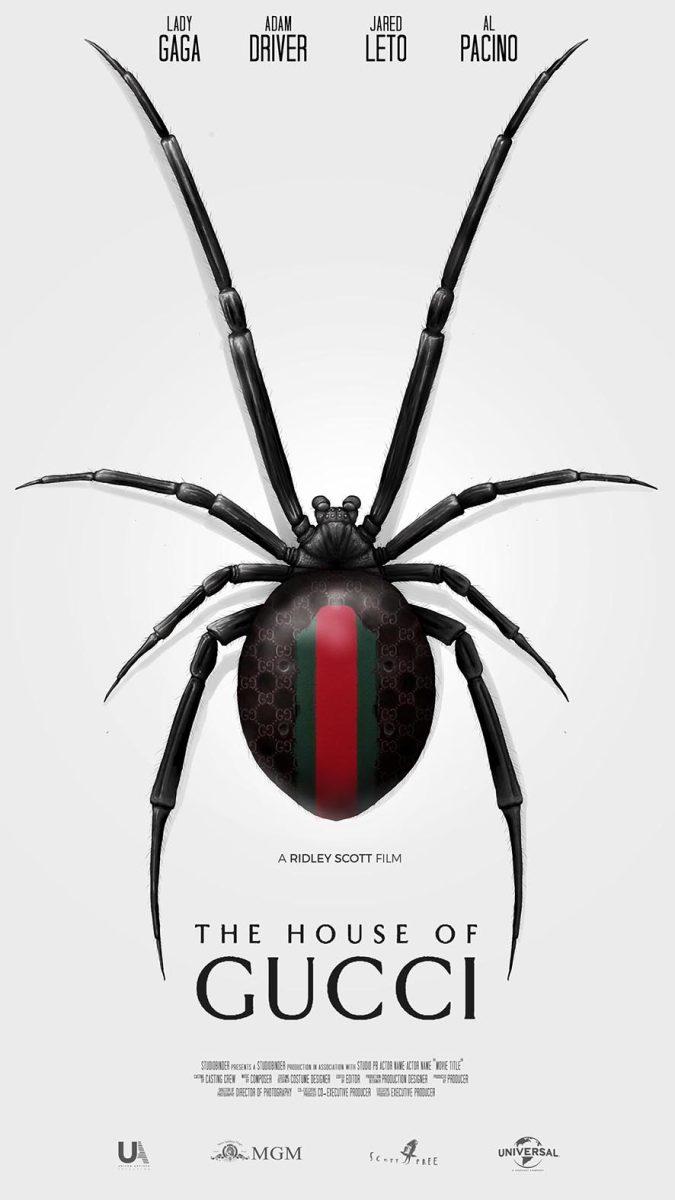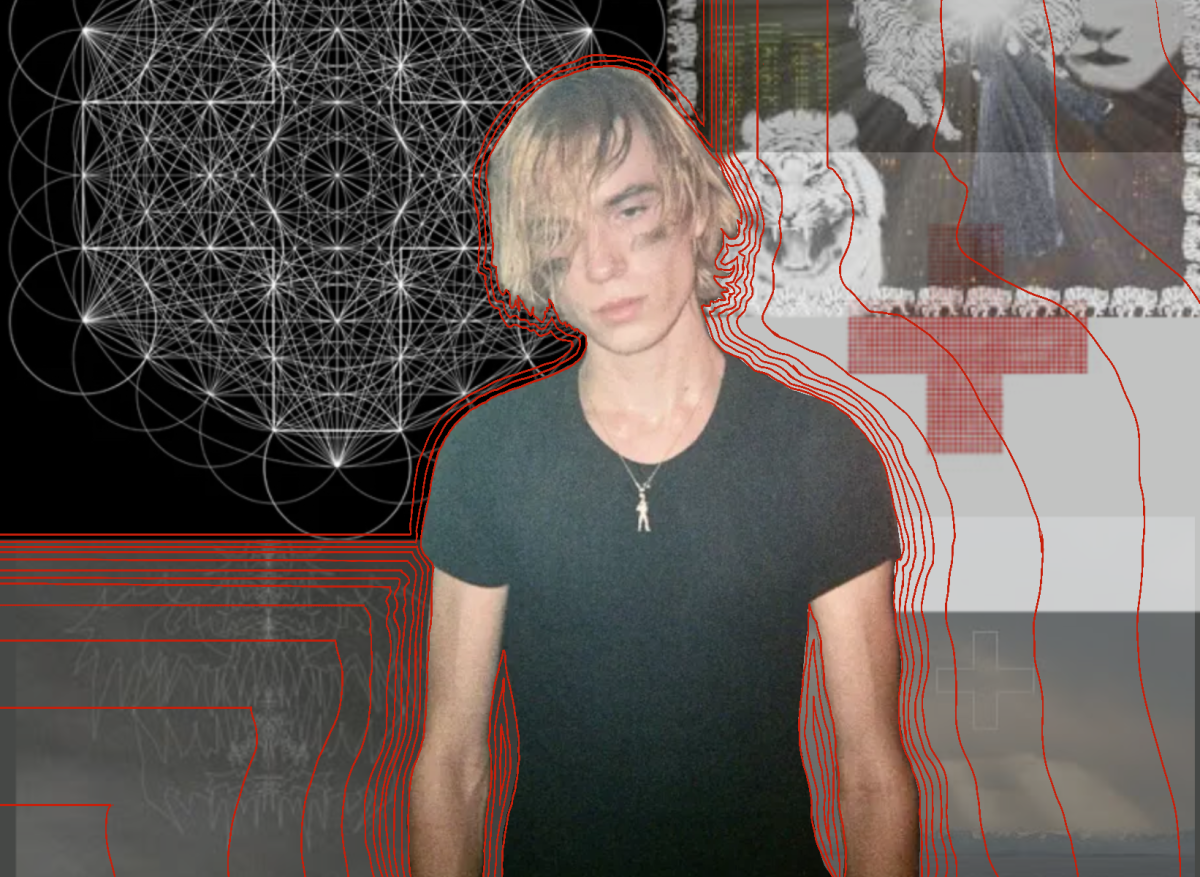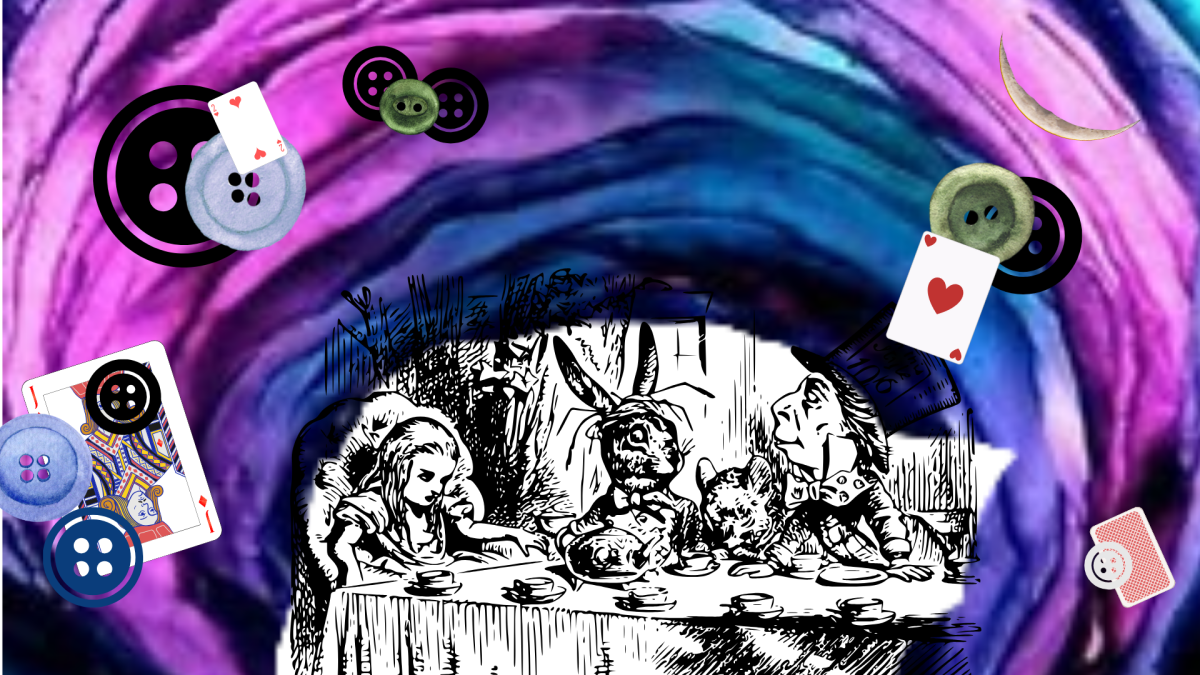The superstar-filled film “House of Gucci” is high-energy and entertaining. While it falls flat in terms of its overextended runtime and some of its characters’ motivations which make the movie stall closer to the end, it’s still an enjoyable and faithful addition to the biographical drama genre. The film takes on the real life story of the power struggle that enveloped the Gucci family, brand and business throughout a 20-year span from the 1970s to 1990s.
“House of Gucci” is director Ridley Scott’s second film of the year, following “The Last Duel,” which was released just a month earlier than the Thanksgiving Day release. Both films offer a stellar cast, a staple of Scott’s films over the years. This is especially true for “House of Gucci” which offers several A-listers to comprise the Gucci family, including Adam Driver, Al Pacino, Jeremy Irons, Jared Leto and Lady Gaga.
The film follows Patrizia Reggiani, played by music icon and film star Lady Gaga, and Maurizio Gucci, played by Adam Driver. The first 45 minutes of the movie focuses on the love story between middle-class, modest Reggiani and the wealthy yet socially awkward Maurizio Gucci. The chemistry between the two, as well as the performances from Driver and Lady Gaga, are convincing and entertaining.
Once the pair is in a serious relationship, we are introduced to the rest of the family. Maurizio Gucci seeks the approval of his father, Rodolfo Gucci, who is one half of the head of the Gucci brand, for his girlfriend Reggiani. Rodolfo accuses Reggiani of only loving Maurizio for his money and family heritage, and in response, his son abandons him and his destiny to one day rule the Gucci empire to live a more modest life with his new fiancee.
However, after the story progresses, we see Rodolfo’s predictions about his son’s now-wife come true, as she is strongly motivated to help her husband and by extension, herself, rejoin the Gucci family. This motivation is mainly due to the exposure of the Gucci brand and extravagant lifestyle the lucrative business can provide. She is introduced to this extraordinary lifestyle by Aldo Gucci, the other half of the head of the Gucci brand. Maurizio’s uncle, played by Pacino, gives one of the best performances of the film.
The experienced star’s character, Aldo, convinces the Gucci newlywed Patrizia that the couple must return to the fold of the family, despite the divide between her husband and his father. This is where the film stalls with the motivations of its characters. Maurizio Gucci reluctantly rejoins the family business, although he is perfectly happy with the modest and quaint lifestyle they started out with. As the story progresses, there are no motivations for Maurizio to want success for the Gucci empire; the beginning of the film clearly establishes he is in no way committed to this goal after choosing love over his family. The only reason he keeps on working for and advancing the Gucci name is for his overly ambitious, and even greedy, wife.
One of the standout characters and most memorable performances of the film is that of Leto’s Paolo Gucci, the son of Aldo. As the “black sheep” of the family, his over-the-top acting and flamboyant personality provides energy to any scene he is in. The practical effects used on Leto truly transform him into this character and adds to the authenticity the film procures of the time period and of the Gucci family.
This trend continues throughout the film as tensions begin to run high throughout the family and later on, between the couple. After the overzealous Patrizia goes a few steps too far in order to force multiple members of the family out of the business, including Aldo and Paolo, her husband and once lover Maurizio divorces her and eventually becomes the last Gucci standing involved in the business. This leaves a jealous, vengeful and desperate Patrizia who still feels she is entitled to not only the Gucci name, but Maurizio as well. As he attempts to steer the business in the right direction, Patrizia hires hitmen who kill Maurizio Gucci on March 27, 1995.
Driver provides one of the best performances of the film as Maurizio, but his character’s motivations end up falling flat. By the end of the movie, the story and his character’s motivation loses steam when Patrizia is absent, he only directs and attempts to do right by the Gucci name because he needs to.
The only other issue is the long runtime of the film. It stands at over two and a half hours, which could have been cut down in certain spots. Besides this, other creative choices such as the music excellently add to the Italian setting of the movie. The movie includes artistic scenes and setpieces as well and is shot beautifully as it includes scenes all the way from the Italian countryside to the streets of New York City.
The film remains a faithful storytelling of the real life events of the Gucci family leading up to the murder of Maurizio Gucci by order of his once lover, Patrizia Reggiani, who remains in prison to this day. Despite issues with character motivations and a long runtime however, “House of Gucci” remains an enjoyable film with great acting and an intriguing storyline filled with romance, tension and revenge.














